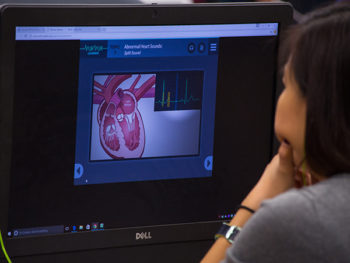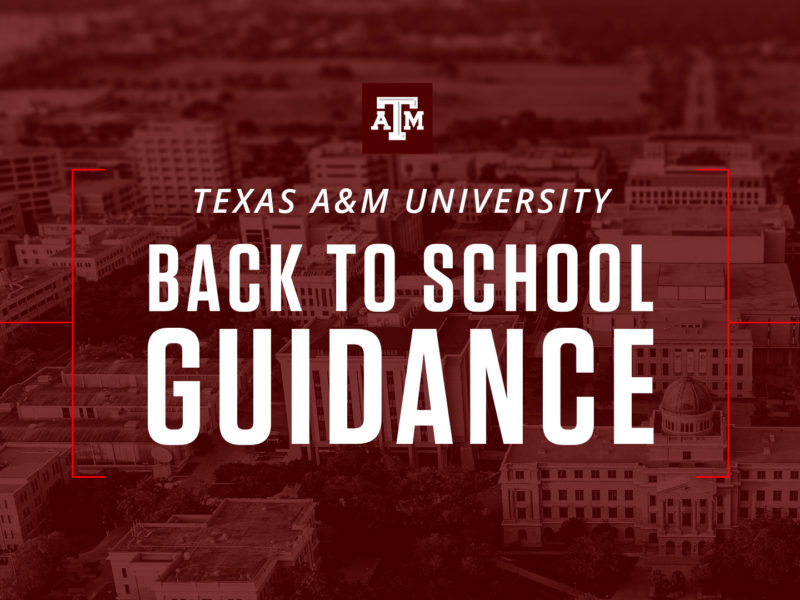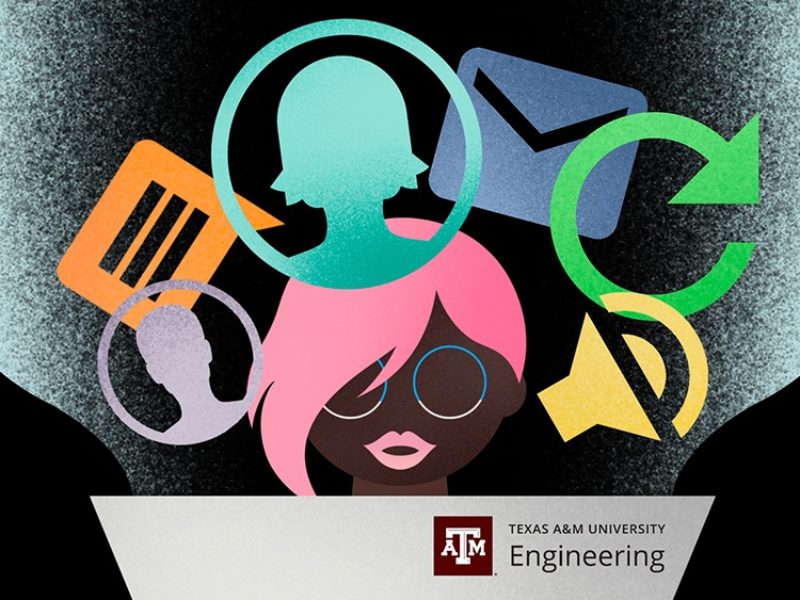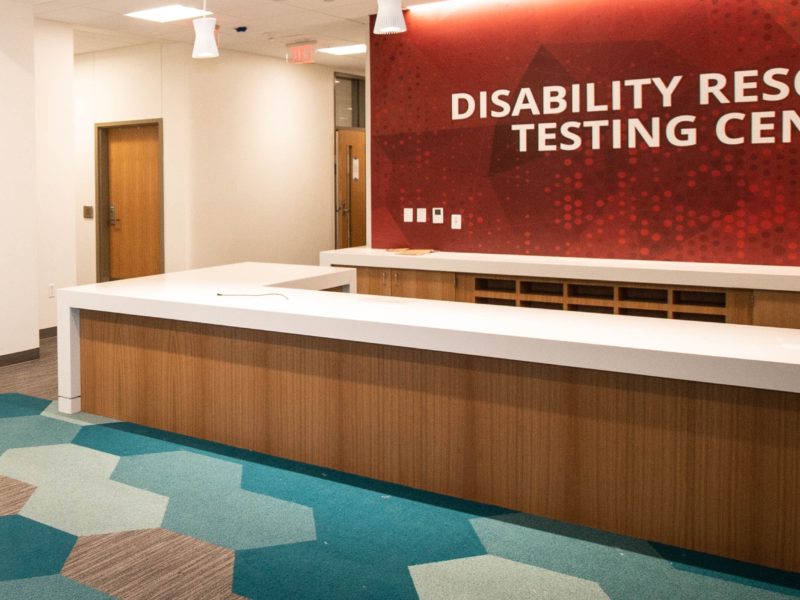Veterinary Educators Create Content To Support Students

The COVID-19 pandemic may have created a need for social distancing among individuals, but when it forced higher education to move online, veterinary educators saw an opportunity to share resources and bring veterinary colleges around the world closer together than ever before.
At the Texas A&M University College of Veterinary Medicine & Biomedical Sciences (CVM), faculty members have been at both the giving and receiving ends of that collaboration.
The CVM’s Center for Educational Technologies (CET) had already positioned the college as a leader in these endeavors by not only offering a variety of online teaching resources, but providing them for a fee on a platform designed for distribution to other institutions as well.
When the COVID-19 pandemic forced veterinary classes to move online, the CET offered their online learning modules, case studies and videos to any instructor with a need for them; the free resources will remain available until July 1.
“We already had a mechanism to deliver these resources to other schools through our commercialization program,” said Nicola Ritter, CET director and instructional assistant professor. “We had about five schools using our resources before we began offering them at no cost, and since then, we’ve had about 33 more come on board.”
These resources are designed to help instructors teach a variety of veterinary topics, from creating a local anesthetic plan for dental work to the different types of surgical knots.
“We want to support our veterinary medical community and educators (by offering these resources for free during the pandemic),” Ritter said. “It’s a small community and they’re our colleagues, so we wanted to be able to help them when they needed to get an online course ready within a week or two after the pandemic hit.”
In addition to having helped instructors create online preclinical classes earlier this year, these resources are proving useful to the many fourth-year veterinary students across the country who are unable to complete clinical rotations in person this summer.
Rather than using materials the students have already seen in the classroom, instructors can use the CET’s resources during virtual rotations to introduce new case studies and reinforce practical skills.
While the CET was sharing resources with veterinary faculty across the United States, some CVM faculty members have also supplemented their online classes and rotations with resources created and shared by other veterinary colleges.

The University of Missouri’s clinical pathology team has offered their full digital slide archive to fellow veterinary educators across the country, including those at Texas A&M. These slide images, which show thin layers of tissue, blood and other bodily fluids, can be easily accessed online to help students learn to diagnose and monitor diseases.
“The University of Missouri’s team has displayed such generosity and collegiality in helping other institutions teach students during a time of uncertainty,” said Dr. Dana Kneese, a clinical assistant professor in the CVM’s Department of Veterinary Integrative Biosciences (VIBS). “We know how much work goes into generating a digital slide database, and sharing their hard work with us demonstrates their selflessness.”
Additionally, CVM anatomy professors have used a free veterinary anatomy website from the University of Minnesota College of Veterinary Medicine and an online image bank from the American Association of Veterinary Anatomists (AAVA) to supplement online anatomy courses and labs.
The AAVA has also connected instructors from different institutions to allow them to share ideas for teaching anatomy virtually.
Incorporating resources from other colleges can provide students with access to specialists and learning materials that are unique to certain institutions. Therefore, on top of allowing for smooth transitions to online classes, the sharing of resources between veterinary colleges has increased the range of information students have to learn from.
“For example, dentistry and dermatology are specialties we have at the CVM that other schools may not,” Ritter said. “Also, even if another school has someone in that specialty, they may have a different context or different perspective, so it is taught differently.”
Many colleges, including Texas A&M, are preparing to have students back on campus next fall, but Ritter hopes the collaboration between veterinary schools will continue when classes are no longer online only.
“The CET’s model is that we develop curriculum using extramural grants, which means we seek out collaborators within our institution and with other institutions, because having multiple institutions coming together makes for a strong proposal,” she said. “I’m hoping that this experience will provide us more opportunities to collaborate through research grants to develop our materials.”
This article Megan Myers originally appeared on the College of Veterinary Medicine & Biomedical Sciences website.





